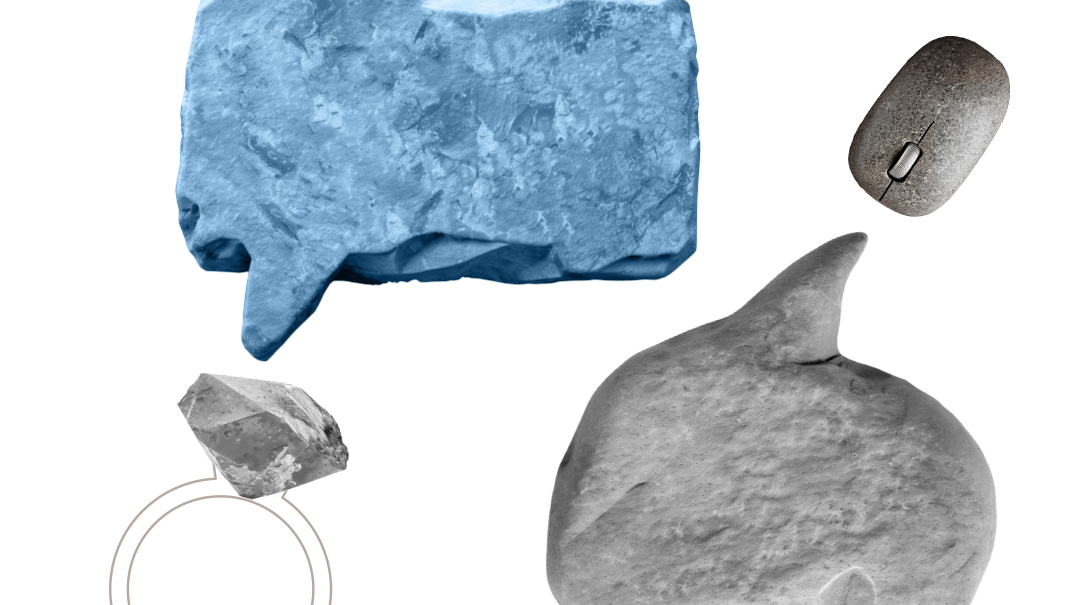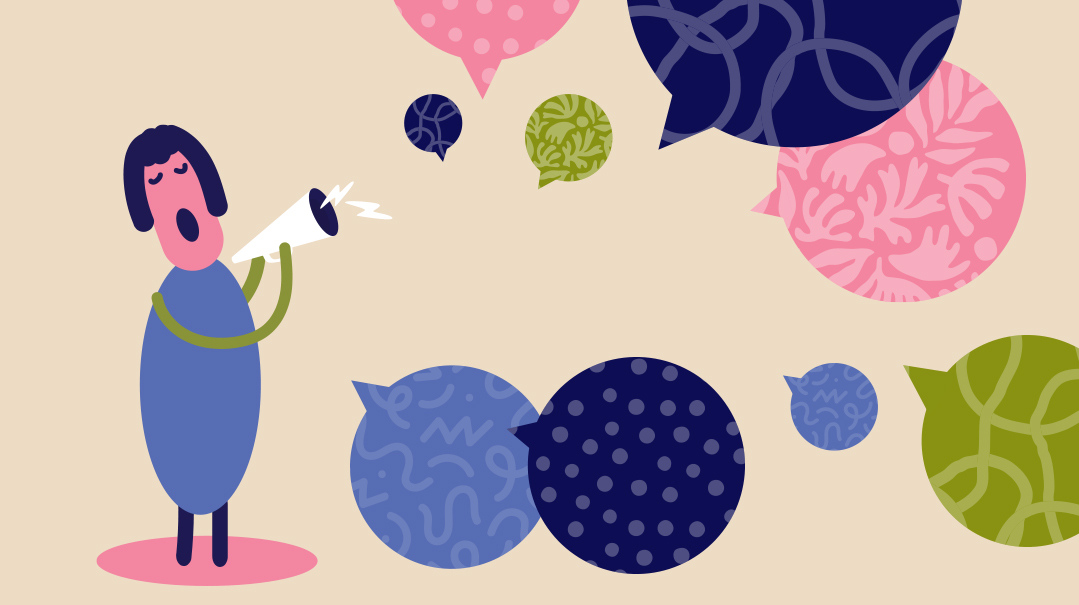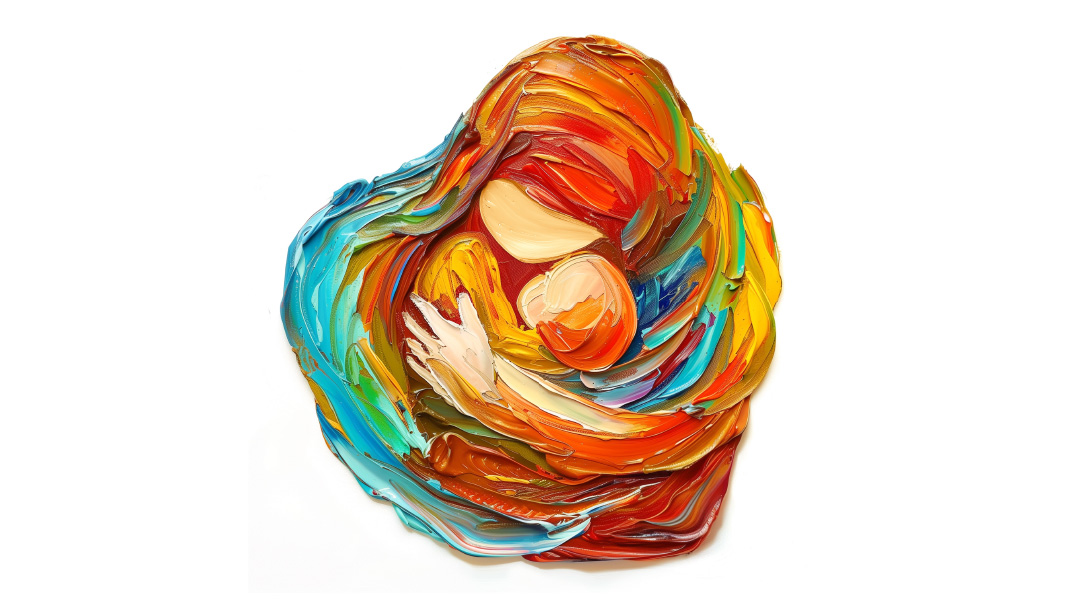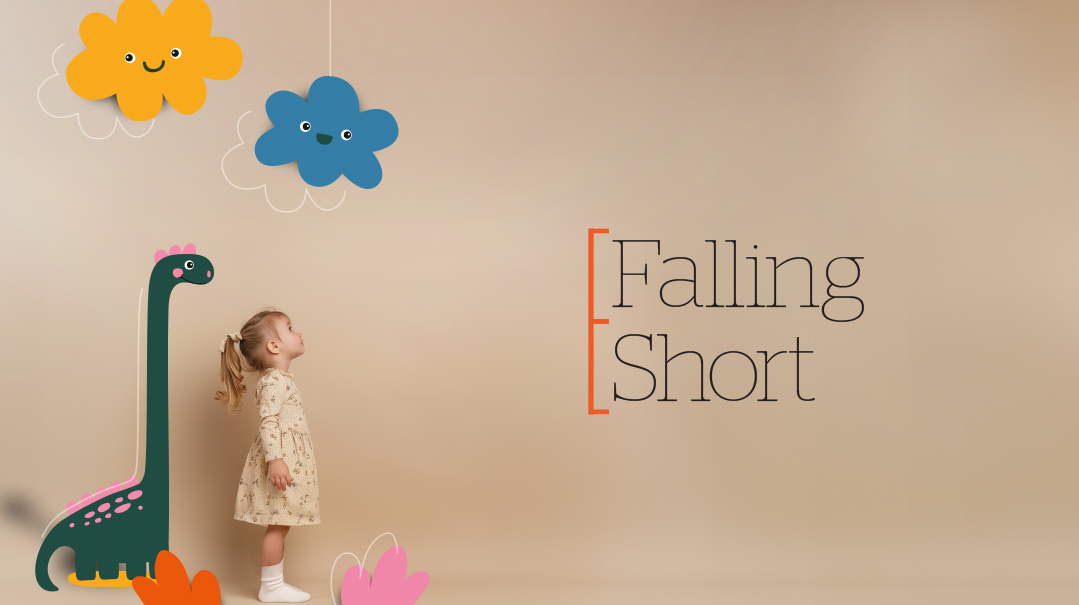Creature Comfort

Animal therapy isn’t your classic form of therapy, but those cute balls of fur are great for our mental health
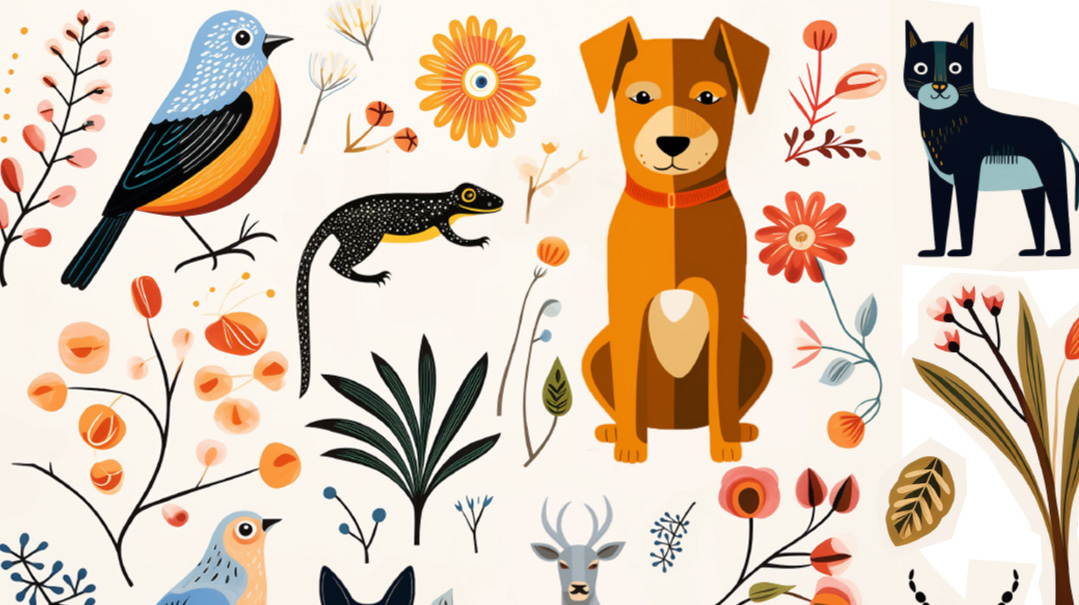
Devori was a sullen, mistrustful 14-year-old who arrived for therapy in a ripped jeans skirt and a shirt printed with skulls. Her mother was worried she was unmotivated in school and hanging out with friends who were barely observant, but Devori simply clammed up whenever her parents tried to talk to her.
Avi Benmordechai, her therapist, saw it was clear that his client wasn’t ready for talk therapy. She sat facing him, staring above his head at the wall behind him, hardly saying a word. Avi realized she needed a different tack. “Why don’t you come see my animals?” he proposed. “I have some awesome furry friends who are helpful to some of my clients.”
Devori’s whole expression changed when she entered the room full of insects, reptiles, birds, a miniature pony, and therapy dogs and a cat. But she wasn’t quite ready to let go of her hostile persona. “You should get a tarantula,” she said.
Two weeks later, when Devori arrived, Avi took her straight to the animal room. There, in a cage, was a real-life tarantula the size of her hand. “You can hold it if you want,” he said.
The tarantula was a game changer, Avi says. “She was flattered. She felt like I’d heard her. I would convince her to hold the tarantula, and while she was focused on it, she was slowly able to talk about other things that bothered her.”
Animal therapy is an increasingly popular way to help clients in therapy. “Happiness is a warm puppy,” cartoonist Charles Schultz famously said, and journalist Ben Williams took it one step further, saying, “There is no psychiatrist in the world like a puppy licking your face.” For many people, contact with animals is an incredibly effective way to lift depressed moods, cheer up the sick and homebound, and bond with the animals and therapists. And for those with paralyzing fears of animals, exposure therapy can help overcome those phobias.
A Trip to the Zoo
Avi Benmordechai, an LCSW and hypnotist, considers animals to be just another tool in his toolbox of therapies. They won’t be relevant for many of his clients, but they’re useful for others, often in unexpected, surprising ways. As he discovers more and more ways to incorporate animal therapy into his practice, he has acquired a veritable menagerie. “This was always a dream, but I never expected it to blow up like this,” he admits happily. He invites me to follow him past his office into the spacious, surprisingly spotless room behind it that houses his mini-zoo.
Wow! Before us is an impressive array of floor-to-ceiling cages filled with everything from rabbits and turtles to iguanas to Madagascar hissing cockroaches. Two large birdcages hold a macaw and a cockatoo. Milo, a fat, fluffy taupe and white therapy cat, pads regally around the room, sneaking sideways glances at us with her arresting pale-blue eyes. In the farthest corner Avi has installed a small stable as a home for Joy, his miniature horse, where she paces to and fro in a space filled with straw.
The room has sliding glass doors that lead into Avi’s backyard, where the dogs and horse can cavort on nice days. Three golden retrievers are outside in the yard, wagging their tails, in a plea to be let in on the fun. Avi opens the door and lets in Sophie, the oldest and most docile of the three, and she comes forward to be petted.
A Dog’s World
When Avi met his wife Rivka, an accountant, he found to his dismay that she didn’t share his love of animals. “I wanted to get a dog, but she had once been bitten by a dog and was afraid of them,” he says. “But I did exposure therapy with her, and then she was fine.” Now Rivka often accompanies him when he brings the dogs to hospitals or nursing homes. “I love animals so much that I don’t think I could have married someone who would have been unable to let me express that part of myself,” he avows.
Avi regularly brings his dogs, cat, and sometimes miniature horse, to hospitals and nursing homes, estimating that he has visited 90 percent of the facilities in New York. The presence of animals eases the loneliness and depression of nursing home residents and depressed or otherwise suffering patients. Avi will sometimes go to psychiatric wards and bring his animals to groups of 10 to 15 people who have been admitted for issues ranging from cutting to suicidal tendencies. “We sit in a circle, and they hug and cry,” he says. “The animals always love them back, and that gives them a sense of hope and worth.” Using animals as an intervention in psych wards is so effective that sometimes the staff is able to decrease doses of patients’ medication after a visit.
Dogs sense people’s moods and instinctively approach them sympathetically. “Sophie is very attuned to people’s moods,” Avi says. “She’ll come right up to someone who’s down. They’ll hug and squeeze her. I’ve seen people break down crying as they hug her.” Bringing in the animals is even therapeutic for the staff at these facilities, whose jobs are often stressful and underappreciated.
Children who have lived through situations of severe neglect or abuse may be wary of humans, but they are usually able to bond with dogs, and eventually with the dog’s therapist-owner. Avi says that children who were neglected find it healing and empowering to nurture another living being by feeding animals.
Dogs can help children who have problems with impulse control, social skills, and focus. Those kids often have problems with self-esteem after having been put down repeatedly by teachers, families, and/or peers. “I have them walk the dog and focus on giving him instructions,” Avi says. “They have to tell the dog to sit, to stay, to heel. If the dog doesn’t listen, I teach them to be assertive, and to repeat commands if necessary. This can translate to developing greater assertiveness in their interactions with people and learning patience in relationships.”
Avi acquired Sophie, his golden retriever, as he was beginning his practice. Sophie eventually gave birth to Jack and Oliver, his other therapy dogs, who have grown to be as large and affectionate as their mother. “But they have different temperaments,” Avi says. “Sophie has a calm, docile, mommy presence. Jack is more excitable, so he’s good for patients who need to learn to be assertive. Animals will test you, so clients have to learn to take charge. Oliver likes to play and wrestle, so he’s good with ADHD children, because he matches their energy levels.”
Therapy dogs are trained to provide support, comfort, and affection to individuals or groups. They receive training that desensitizes them to the strange noises, smells, and bustle of settings like hospitals and nursing homes. “They get treats as they learn to tolerate the beeps, hospital smells, and presence of wheelchairs and walkers, until they don’t need the rewards anymore,” Avi says.
Children who struggle with reading can be asked to read to a dog instead of an adult, which they find so much less pressured (a dog will never correct him or criticize his pace or pronunciation). Children who are prone to hitting others learn gentleness as they are taught to pet and handle animals.
Animal therapy can also help train children with autism in the activities of daily living and sensory issues. For example, an autistic child can be taught to brush an animal’s fur, then try it on his own hair to learn good grooming habits.
Expanding the Menagerie
When Avi first began his practice and started to bring Sophie — then his only pet — to visit nursing homes and hospitals, someone would inevitably say, “Oh, I miss my cat so much.” In response, Avi acquired Milo, a bicolor rag doll cat. As more requests came in, he acquired a bird, a bunny, and eventually a snake and an assortment of reptiles.
He acquired his scorpion, which lives in a cage hidden under half a coconut shell, on a dare. A teenage boy challenged him, “It would be cool if you got a scorpion.” And so he did.
Aren’t scorpions dangerous? Don’t they bite? “Like many animals, they bite when they feel threatened,” Avi says. “That’s why animals are a good vehicle for talking about emotional reactions. We humans also ‘bite’ or lose control when we feel threatened. We get angry. With this client, and others, it created an opening to talk about how these emotions arise and how to handle them.”
He shows off his reptiles, such as his python George, which he prevails on me to hold despite my natural reticence. (I know he’s not poisonous or going to choke me, but I still don’t like the feel of its pulpy body encased in slithery skin.) I find it more pleasant to stroke Loki, his leopard gecko, who has a striking spotted skin with a rough sandpapery texture.
We move on to look at his birds: First there are the parakeets, named Tweety and Blue, who are the parents of a few other birds in their cage. But much more impressive are Marley, a macaw with striking gold and azure plumage framing a black-and-white-striped face, and Peter, a white umbrella cockatoo who manages to croak out a “Hello!” Avi takes Peter out of his cage, posing him on his arm. Peter shakes his head, and his smooth-feathered pate suddenly expands magically to produce a tall, majestic crest of feathers crowning his head. Avi tells me to hold out my arm, and transfers Peter to my forearm to perch. This is a much more pleasant experience than holding a python. It makes me feel like a princess of old taking her falcon into the field.
Avi shares that even less-intelligent animals like geckos and birds need training to become therapy animals. They need to become accustomed to being handled by humans without panicking. Humans have to be shown how to handle the animals; tarantulas, for example, don’t like to be petted or stroked, so Avi warns his clients not to annoy them.
We go into the little stable he has built into the room for Joy, his miniature horse. I put out my hand for Joy to sniff, and to my surprise she gives me a little nip. Avi laughs. “Horses need to be shown who’s in charge,” he says. “They will test you to see if you’re the master, or you’re just one of the pack. They’ll try to be assertive, so you have to take ownership.”
Teaching that mastery is a good way to rebuild self-esteem and confidence in people who have PTSD or who have gone through trauma. Equine therapy has proven so effective that Rabbi Zechariah Wallerstein z”l founded an 18-acre facility called The Ranch at Bethel specifically to offer it to young women who were the victims of abuse, or who had PTSD, or other psychiatric issues. “Equine therapy builds confidence,” Avi says. “It takes time and patience to build a bond with a horse. But people and horses have a natural affinity. When a person works with a horse, his heartbeat and the horse’s heartbeat actually synchronize.”
“I teach clients to groom Joy to develop a relationship. Sometimes I’ll ask them what they think Joy is feeling, as a way of seeing how they project their own feelings onto her (some therapists use puppets that way). Many young children and teens who have been through traumas aren’t able to share them. The horse serves as a sort of bridge that allows trust to develop and helps them open up.”
Back Door to Emotions
For many clients, coming to an office to sit face-to-face with a therapist is way too formal and intimidating. The idea of coming in to meet a stranger and being expected to start articulating their deepest emotions and thoughts is just too frontal an approach, and it’s an especially bad fit for children who are not yet verbally expressive and eloquent.
This is where animals are useful to bridge the communication gap. When the therapist brings out an animal, it immediately breaks the ice, giving them a fascinating yet neutral topic to discuss. While the clients focus on the animals, they develop a therapeutic relationship with their therapist and find openings to share what’s really on their minds. The animals arouse curiosity, especially in children, and those questions are a way to access other issues.
One of Avi’s clients was a seven-year-old girl who didn’t seem able to express herself in sessions. Avi asked if she might want to play with one of his hamsters. The girl nodded yes, and became fascinated with it. As she played with it, Avi was able to use the hamster as a jumping-off point to ask questions about school and her parents, much in the same way parents of teens are advised to discuss sensitive topics with their children while driving or engaged in another activity (the distraction makes the discussion less direct and threatening). “I’ve advised parents to walk a dog together with their children to build a connection,” Avi says.
Different animals allow him to reach different audiences. “I once had a girl on the spectrum who fell in love with a Madagascar hissing cockroach,” Avi says. “She was obsessed with it!” Again, it allowed him to establish a connection that would otherwise have been hard to create.
Instead of asking children about their feelings, he can ask them what they think animals are feeling. This allows them to project their own emotions onto the animal and gives him a sense of what’s on their minds. As they discuss the animals’ feelings, Avi can help them identify their own feelings and discuss how to handle them.
While today’s frum children often don’t have pets at home, many years ago it was common to keep animals for food and protection. Our greatest prophets began their lives as shepherds. Recreating our bond with animals, for many therapy clients, is a tremendously effective tool. It helps them access their emotions, develop social skills and trust, and be nourished by the affection many animals offer so freely and abundantly.
Reducing Covid Anxiety at a Preschool
When children began returning to school after the Covid pandemic, it soon became clear that their levels of anxiety were much higher than before the pandemic. Yocheved Bender, the assistant preschool director, and the preschool’s social worker, Leah Davidowitz, found the beginning of the 2021 school year particularly challenging. “Children were afraid to come on the bus, or to school,” Mrs. Davidowitz says. “They’d resist instructions or throw tantrums.”
An idea presented itself during the week of parshas Noach, when the preschool engaged members of an upstate farm to come in and show the children sheep, a cow, goats, and chicks. The children were enchanted. “The most difficult, defiant kids transformed and became calm and smiling!” Mrs. Bender says. She and Mrs. Davidowitz took this as their cue to order baby chicks and eggs that would hatch within a month. The children loved watching the chicks running around and the eggs hatching, and when they went home and shared their excitement with their parents, offers began to pour in to donate hamsters and bunnies.
At that point the two women, along with assistant preschool director Morah Rachel Brier, conceived the idea of creating a dedicated animal room. Some of the staff were skeptical, but Rabbi Yaakov Bender encouraged them. He said, “It will be a game changer!”
An intern was hired to care for the animals and staff the room, which was set up with books, beanbag chairs, sensory toys, and arts and crafts supplies. She brings the animals into the classrooms, stimulating social interaction among reticent children and eliciting empathy for the animals’ feelings. Children who were previously afraid of animals overcome their fears to hold them. Animal time has become a coveted reward for good behavior, and the children take turns bringing the animals home, learning responsibility.
The staff also reached out to the owner of a gentle therapy dog trained for hospital visits with children, and her visit with the dog was a huge success.
“We had two kids with selective mutism who were so excited in the animal room they began speaking,” Mrs. Davidowitz says. “It sped up their progress immensely.” A couple of elementary school boys who refused to go into school were lured in by the promise of being able to spend time there. Mrs. Davidowitz jokes, “The animals are sometimes more effective than my 18 years of experience!”
“It’s exciting for the children, but also calms them,” Mrs. Bender says. “They behave better, socialize better, and learn so much about nature.”
Facing the Fears
Many clients have phobias of animals like mice, roaches, or snakes. Avi uses his animals to do exposure therapy. He leads them through relaxation techniques, and then introduces them slowly and calmly to the source of their fears. “Are you afraid of any animals?” Avi asks me. I come clean. “I really don’t like big bugs,” I admit.
“How about a tarantula?” he says.
He grins at my dismayed expression. He goes to a small cage and carefully removes a hairy spider about the size of my palm. “Cup your hands in front of you,” he says.
I’m a little nervous, but I don’t want him to think I’m a wimp either. So I extend my hands, and he gently deposits the spider in my hands. It’s not bad. It feels… furry. I’m almost tempted to pet it, except that Avi has warned me tarantulas don’t like being stroked. “What are you thinking?” Avi says.
“I’m worried it will start crawling up my arm,” I tell him.
“But it’s not,” he says, and in fact, I’m surprised at how passively the thing reposes in my hand, as if it’s happy to just to chill. Avi takes it back, to my small relief.
But I still refuse to handle one of his cockroaches. (Anyone who’s lived in a city knows the disgust of walking into a kitchen to see one skittering across the counter.) “I make my husband kill them,” I tell Avi, yet recount with some pride that once after a trip to Eretz Yisrael, when we apparently transported a huge Israeli jook home with us in a suitcase, I was able to trap it and take it outside because my husband wasn’t home and my kids were terrified.
“Then you don’t have a real phobia,” Avi assures me. “A true phobic would have been unable to go into the room. I’ve met women who ran off leaving baby carriages unattended because they encountered a dog on the street.” If your phobia is so strong that you neglect your children, it’s probably wise to seek out exposure therapy to keep all of you safe.
(Originally featured in Family First, Issue 885)
Oops! We could not locate your form.

